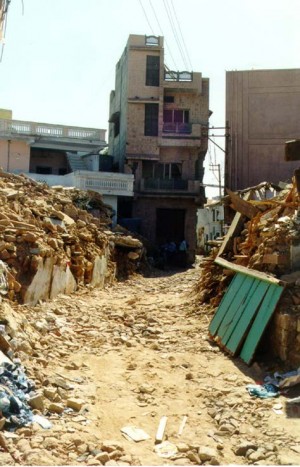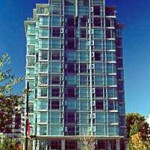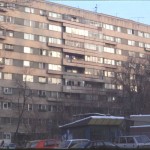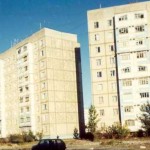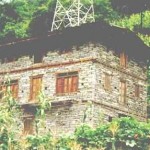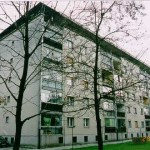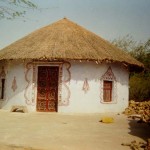by Ravi Sinha, Vijaya R. Ambati
Construction of stone masonry buildings using easily available local materials is a common practice in both urban and rural parts of India. Stone masonry houses are used by the middle class and lower middle class people in urban areas, and by all classes in rural areas. In rural areas, these buildings are generally smaller in size and are used as single-story, single-family housing. In urban areas, these buildings are up to 4 stories high and are used for multifamily housing. This is a typical load-bearing construction, in which both gravity and lateral loads are resisted by the walls supported by strip footing. If the locally available stone is soft, dressed (shaped) stones are commonly used and can be chiselled at low- or moderate cost. Mud or lime mortar has been used in traditional constructions; however, more recently, cement mortar is being increasingly used. Because soft sandstone is readily available in the Kutch region of Gujarat in the western part of India, stone block masonry constructions are widely used for both single- and multi-story constructions. These houses are usually built by local artisans without formal training and the resulting constructions are structurally weak and incapable of resisting large seismic forces. In the Kutch region, which was affected by the 2001 Bhuj earthquake, this construction type is commonly used with a gable end timber roof truss or RCC roof slabs. Thousands of these houses collapsed in the 2001 Bhuj earthquake resulting in the deaths of large numbers of people. This construction type is inherently unsuitable for areas of moderate-to-high seismic hazard, such as the Kutch region of Gujarat.
